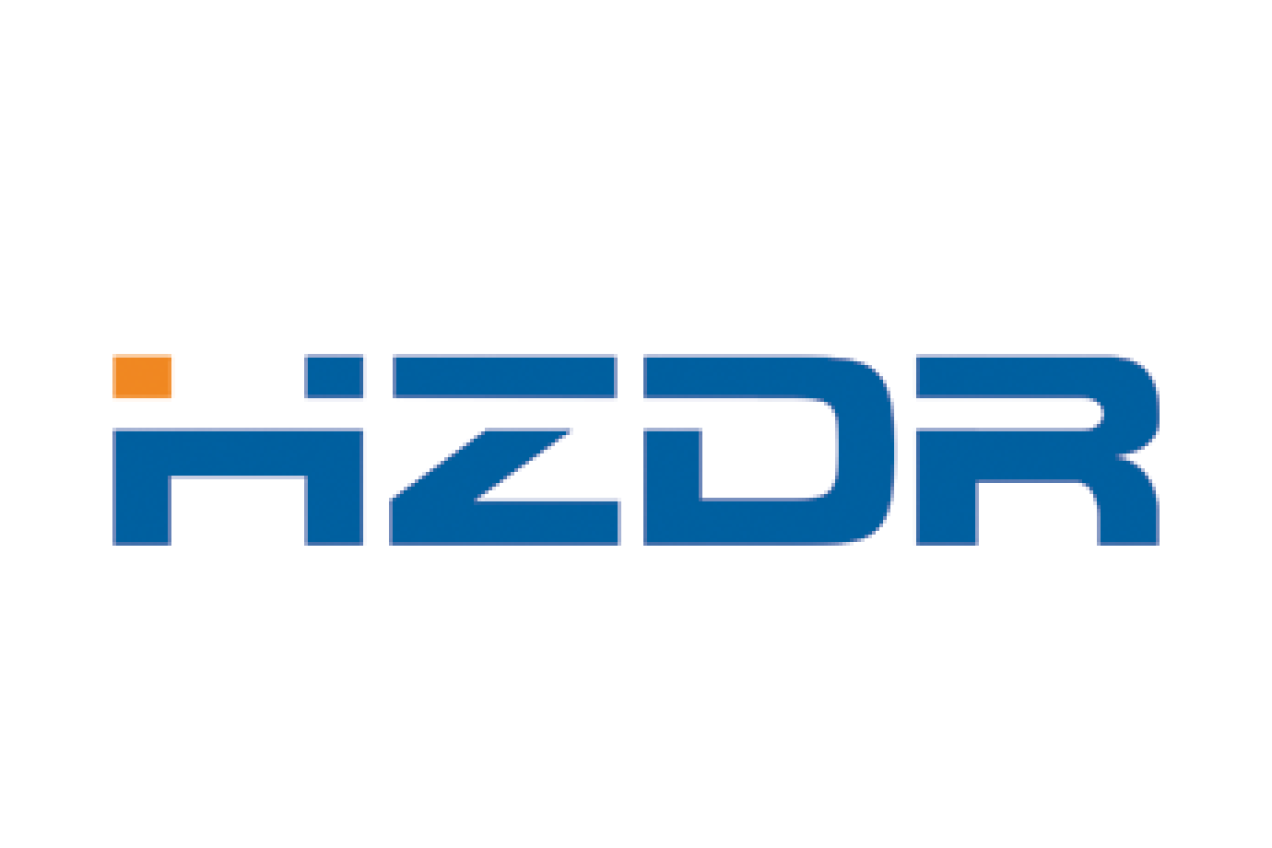HZDR
Helmholtz-Zentrum Dresden-Rossendorf EV (HZDR)

Description of the legal entity
HZDR is a non-profit scientific organization funded by German Federal and Saxonian Authorities and a member of the ”Helmholtz Association”. The application-oriented basic research is focused on three major research topics: matter, energy, and health. Around 1200 people are employed at HZDR. HZDR consists of a number of 8 institutes, of which the Institute of Resource Ecology will contribute FRACTESUS project. The work will be performed in the department of Structural Materials of this institute. The project will benefit from HZDR’s experience in the field of mechanical testing and microstructural characterization of irradiated structural materials. HZDR will contribute to WPs 2,3,4,5,6,7. HZDR will act as work package leader of WP3 (Fracture mechanics testing and post‐test analysis).
Profile of staff members involved
- Dr Eberhard Altstadt (male): received PhD in applied mechanics from TU Dresden. He is head of the Dep. Structural Materials of HZDR; Long term experience in mechanical testing of irradiated structural materials, expertise in small specimen test technology; Research interests: irradiation effects in structural materials, fracture mechanics, creep, small punch test; Contributor to WP2-WP7, work package leader WP3.
- Dr Karin Vogel (female): received PhD in material science from TU Dresden. She is a scientist at Dep. Structural Materials of HZDR. Expertise in microscopy (SEM, TEM); Research interests: Material physics, deformation mechanisms, new methods in microscopy; contributor to T3.3.
- Dr Cornelia Heintze (female): received PhD in material science from TU Dresden. She is co-head of the Dep. Structural Materials of HZDR; Expertise in Nanoindentation, microscopy (TEM, SEM, EBSD) and ion irradiation experiments; Research interests: irradiation effects in structural materials, radiation tolerance of advanced structural materials; contributor to T3.3 and T5.1.
- Mr Mario Houska (male): received a Diploma in engineering from TU Dresden. He is the chief engineer at Dep. Structural Materials of HZDR. Expertise in the design of test stands for mechanical testing; responsible for radiation protection in the HZDR hot labs and for test equipment; Contributor to T2.2, T2.3, T3.1, T3.2.
Relevant publications, and/or products, services
- Yamamoto M., Kimura A., Onizawa K., Yoshimoto K., Ogawa T., Mabuchi Y., Viehrig H.-W., Miura N., Soneda N., “A Round Robin Program of Master Curve Evaluation Using Miniature C(T) Specimens” (2014): 3rd Report - Comparison of T0 Under Various Selections of Temperature Conditions, in: ASME: V001T01A098. DOI:10.1115/PVP2014-28898
- Altstadt E., Keim E., Hein H., Serrano M., Bergner F., Viehrig H.-W., A. Ballesteros, Chaouadi R., Wilford K., “FP7 Project LONGLIFE: Overview of results and implications”, Nuclear Engineering and Design. 278 (2014) 753-757. DOI:10.1016/j.nucengdes.2014.09.003.
- Viehrig H.-W., Altstadt E., Houska M., Valo M., “Fracture mechanics characterisation of the beltline welding seam of the decommissioned WWER-440 reactor pressure vessel of nuclear power plant Greifswald Unit 4” (2012), International Journal of Pressure Vessels and Piping 89: 129–136. DOI:10.1016/j.ijpvp.2011.10.016
- Das A., Viehrig H.-W., Altstadt E., Heintze C., Hoffmann J., “On the influence of microstructure on the fracture behaviour of hot extruded ferritic ODS steels” (2017), Journal of Nuclear Materials 497: 60-75. DOI:10.1016/j.jnucmat.2017.10.051
Altstadt E., Bergner B., Das A., Houska M., “Effect of anisotropic microstructure of ODS steels on small punch test results” (2019), Theoretical and Applied Fracture Mechanics. DOI:10.1016/j.tafmec.2019.01.014
Relevant previous projects or activities
- Euratom-FP7: LONGLIFE (coordinator) 2010-2014
- Perform60 2009-2013
- MATTER 2011-2014
- MATISSE 2013-2017
- Euratom-H2020: SOTERIA 2015-2019
Significant infrastructure and/or any major items of technical equipment
HZDR operates hot cell and conventional labs for specimen preparation, mechanical testing and characterisation of structural materials. The fracture mechanics testing machines and the scanning electron microscope will be used in the project.
